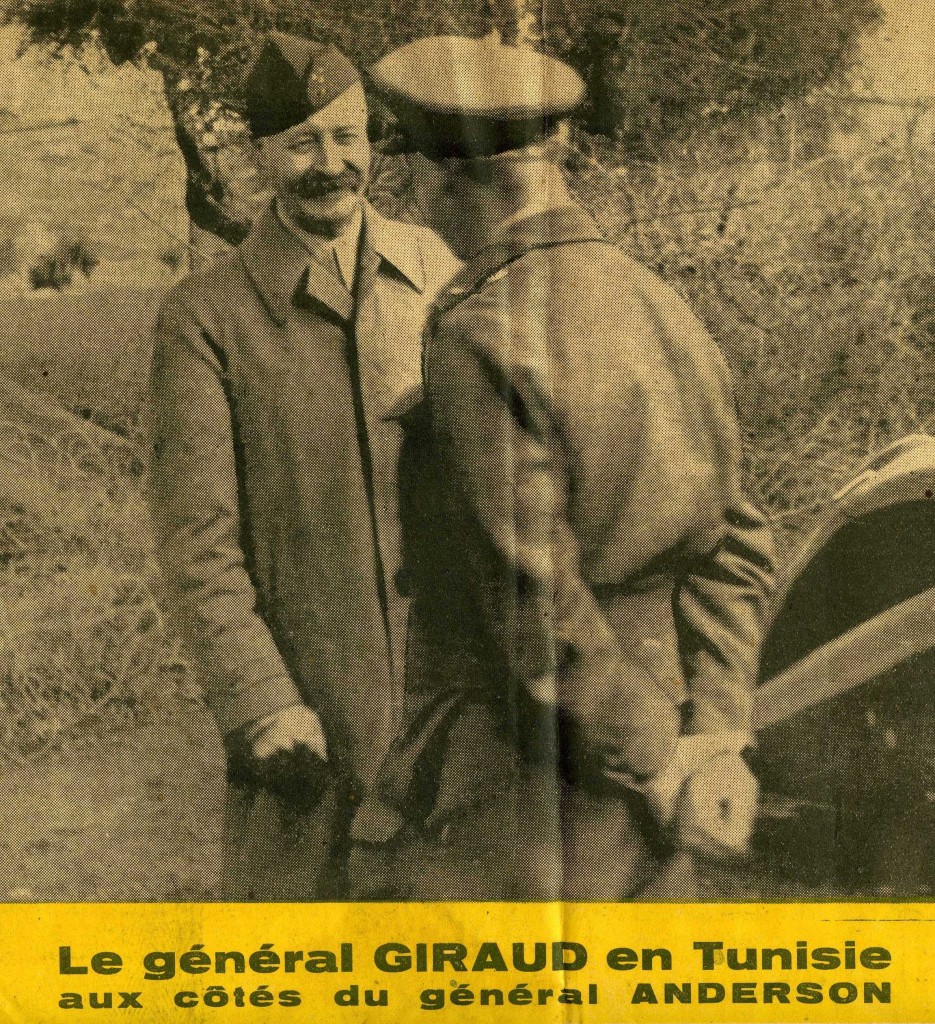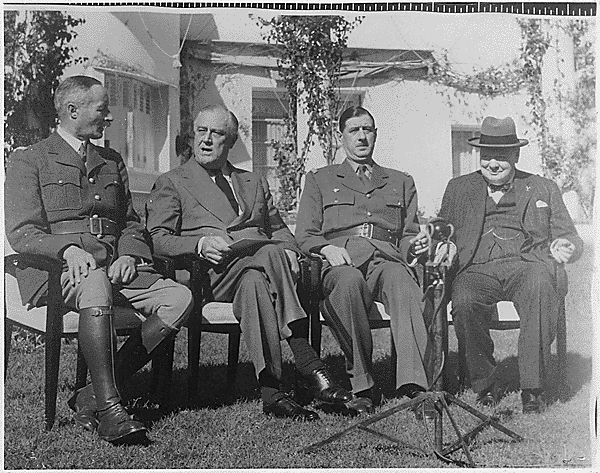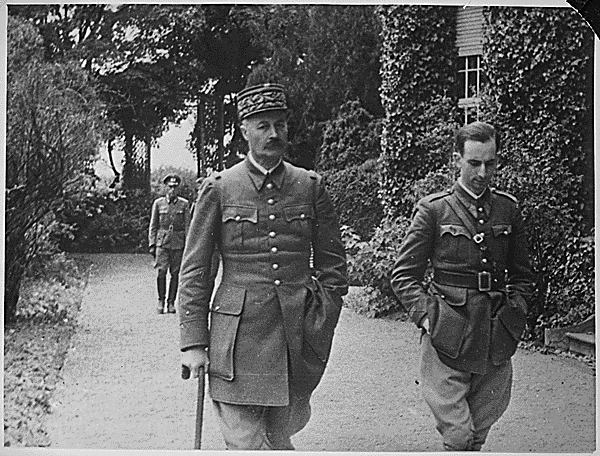Escape Artist: General Giraud

General Giraud in the Algerian newspaper Tam. Gift of Rogers Paredes, 2009.347.011
French General Henri Honoré Giraud was no stranger to North Africa when sent there in November 1942 for discussions relating to Operation Torch, the Allied invasion of North Africa. He had served many years on the continent before and after his participation in the First World War. Giraud was also no stranger to imprisonment and escape as during World War I, he was captured at the Battle of Guise in 1914, and shortly thereafter escaped his captors despite suffering injuries, and during the second world war would have a similar experience.
In May 1940, Giraud led the French Seventh Army into the Netherlands. Although he succeeded in stalling the German advance, it was only temporarily. He was taken prisoner on 19 May, and the Germans successfully took the Netherlands.
Giraud was held at Königstein Fortress, a massive walled complex atop an even more massive hillside. He was allowed his uniform and a daily walk, and used the abundance of time on his hands to learn and perfect the German language, and to memorize the landscape surrounding his prison. On this day 70 years ago, at the age of 63 and after two years of imprisonment, Giraud managed to scale down a stone cliff, find his way through foreign soil, hop onto a speeding train, and ultimately succeeded in reaching Vichy France. While in France Giraud’s escape became legendary and boosted the morale of a defeated people, Hitler and Himmler were furious, ordering the execution of Giraud on sight (Giraud would survive an assassination attempt made in August 1944).
Giraud on his daily walk outside Königstein.
In November, Giraud reached Gibraltar via the submarine Seraph in order to meet with Eisenhower and discuss Giraud’s place in the Allied invasion plans. Giraud insisted that only American troops—not British, with whom he refused to work—would be used for landings in North Africa and France. He also demanded that he lead the invasion. Eisenhower’s counteroffer was for Giraud to command French troops under Eisenhower’s ultimate command. Giraud refused, believing it was beneath his station.
He eventually agreed to serve under Vichy Admiral François Darlan, who had already been guaranteed the highest authority over French forces in Africa by Roosevelt and Churchill in exchange for his support of the Allied cause. It wasn’t until Darlan’s assassination on 24 December 1942 that Giraud took his place. He would go on to participate in the Casablanca Conference of January 1943 and served as co-president of the French Committee of National Liberation (CFLN) with Charles de Gaulle. Eventually, the ever popular de Gaulle forced Giraud out, and he retired in 1944 rather than accept a demotion. He passed away in 1949.

Giraud(left), Roosevelt, de Gaulle, and Churchill at the Casablanca Conference, January 1943
To see related posts, click here (will open in a new window).
This post by curator Meg Roussel
- Posted :
- Post Category :
- Tags :
- Follow responses to this entry through the RSS 2.0 feed. You can skip to the end and leave a response. Pinging is currently not allowed.





Leave a Reply